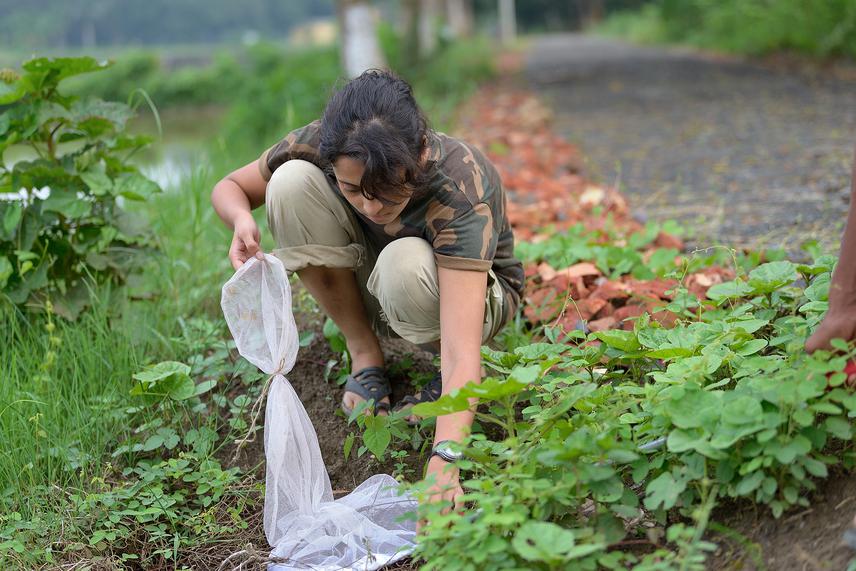Deyatima Ghosh
Other projects
15 Jun 2021
Assessing Reptile Cognition and its Role in Biological Pest Control Amidst Future Climate Warming in a Tropical Agroforest Landscape in India
This project is attempting to look into the importance of herpetofauna in an agricultural landscape. The work is an extension of the previous project which looked at the diversity of herpetofauna along an agricultural intensification gradient. This work is aiming to evaluate the efficiency of herpetofauna in controlling pests in paddy fields in accordance with the results obtained from the previous work. Alongside this the proposed project will be quantifying the pesticide residue in herpetofauna along the agricultural gradient and will conduct awareness campaign in Odisha in places where the diversity study has been conducted in 2016. An essential part of the work involves disseminating the results from our experimental work to the farmers. This is believed to increase the awareness among the farming community about the importance of maintaining amphibians and reptiles in their agricultural lands.

Herpetofauna and specifically amphibians are efficient biological pest control agents, an area of research that shows huge lack of scientific data (Hirai and Matsui, 1999). An escalation of human settlement demands an increase in agricultural lands that results in unprecedented use of pesticide. This has direct effects on controlling pest and also has detrimental effects on the local biodiversity. Herpetofauna is a taxa that suffers immensely due to their dependence on microhabitats (as was evident from the data we received from the ethno-herpetofaunal survey conducted in 2016 across 32 villages, in Odisha). Apart from the melting down of biodiversity, it also causes the loss of potential biological pest control services in farmlands which reinforces the use of chemical pesticides in turn destroying the habitat further.
The proposed project will be looking at –
1. The efficiency of herpetofauna in pest regulation by an experimental setup with amphibian and reptile abundance coinciding with the field data collected from field work in 2016 in Odisha. This different density of amphibians and the combined experimental setups will help in realising the effect of different herpetofaunal density in controlling pest build up in low and high agricultural intensification areas.
2. To quantify the pesticide residue in herpetofauna along the intensification gradient as proposed in the previous project.
3. The work also plans to conduct a participatory programme among the farmers of Odisha.
This work thus attempts to fill the knowledge base as it intends to look at their role in an agricultural field based on field realistic data that has been obtained from Odisha from high and low intensification zones. Therefore from both the perspectives of filling up the quantified information gap regarding the ecological roles of herpetofauna as well as for mitigating the man-herpetofauna conflict it would be important to assess the efficiency of herpetofauna in controlling crop pests.The work also includes farmer involvement to disseminate the results obtained from the experimental work. By involving the farming community of Odisha the work aims at raising awareness about these animals and also their role in maintaining agricultural systems which is necessary, as we have witnessed needless killing of reptiles even when it was harmless due to fear and ignorance about their services in low, mid and high agricultural intensification zones.
It is thus believed to raise concern about herpetofauna within the community that might go a long way in developing conservation strategies.